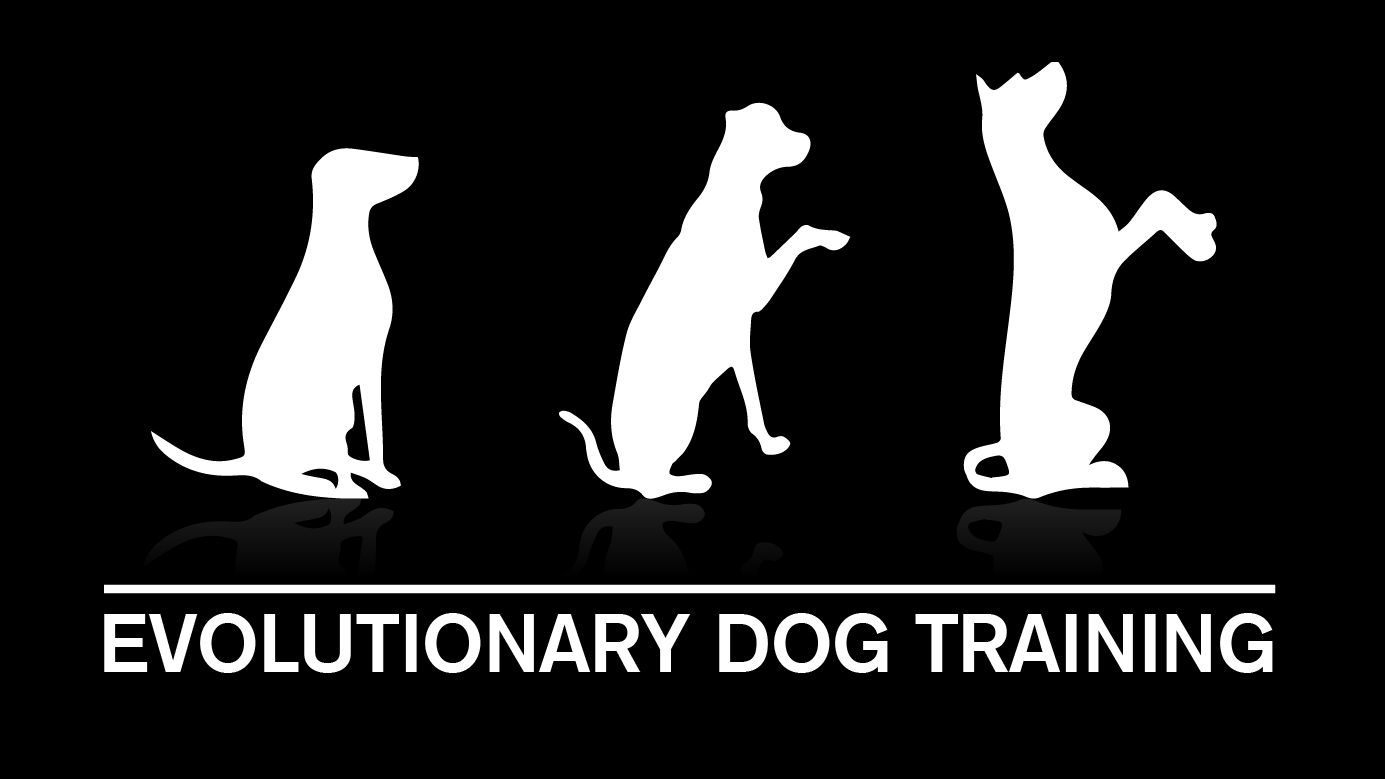There is no such thing as no time to train. Actually, you’re already training your dog all this time. Because whether you know it or not, your dog is learning from every interaction with you. You just have to make sure your dog is learning what you want it to learn not just the bad behaviors it learns because you’re nor paying attention. Good thing you have a very powerful training tool at your disposal that you should be using every day: food. All dogs will work for food. It’s a survival instinct. Your dog is always thinking, “What do I need to do to make sure I get fed?” Your dog will do whatever works best. So it’s is up to you whether that means tipping over the garbage, making “puppy eyes” at your sandwich, or sitting politely until given permission to eat. To a dog, the leader of the pack is the one who controls access to things it wants. And that includes food. They love the person who feeds them. You can use your control of food to enhance your dog training efforts — every day.
Following these suggestions will help you establish your role as benefactor, reinforce your dog’s compliance and enhance your relationship overall.
Be consistent
Dogs learn things they practice every day the best. You feed your dog every day so why not use that daily ritual to create a consistent training schedule? It’s the perfect time to train. Most people do it already. But don’t make the mistake of doing the exact same routine every meal. Change it up. Be sure to raise your standards as your dog becomes reliable at each skill level. A ten-second sit could soon become a thirty minute down-stay or a chain of a dozen behaviors in a row before you finally give your dog permission to eat.
It’s not a buffet
Don’t free-feed your dog. Your dog’s meals shouldn’t be an all-you can eat buffet, where food is available around the clock. This is actually a pretty common feeding program in many homes because it’s convenient. So why not do this? One reason is food loses value as a reward if it is always there. You want the dog to see that its primary necessity in life comes from you. Free-feeding just means one less thing your dog needs you for if its food is just sitting out. Believe me, a dog is not grateful for the constant presence of food if it means less time with you. Free-feeding could also lead to an obese dog who doesn’t listen to your commands, respect your leadership position or play by your rules.
Mealtime is Doggie and Me Time
Let your dog know wonderful things happen at mealtime. You get the opportunity to have your dog perform for his meal. Your dog gets more quality time with you. Win-win. It’s just another dog training opportunity for you. If your dog is jumping, yipping, and pawing at you for food, you can teach her to be calm at mealtime using these steps. While holding the food bowl in your hand, say a command once and wait for your dog to offer the behavior. When your dog complies, you can place the food dish on the floor. Then you can give the dog a release word that gives him permission to get the food. But if your dog starts to get up, put the dish right back on the counter. Repeat this the moment your dog tries to get up, every time as you lower the food dish. If your dog stays put then start raising your standards and changing the commands.
Training doesn’t have to be a chore. Pick up the dog dish and make meals an interactive and bonding experience. Take advantage of your dog’s dinner to make time to work with your dog everyday. Throw in a little training with meals. Be creative and challenging. It’s the effortless way to train.

